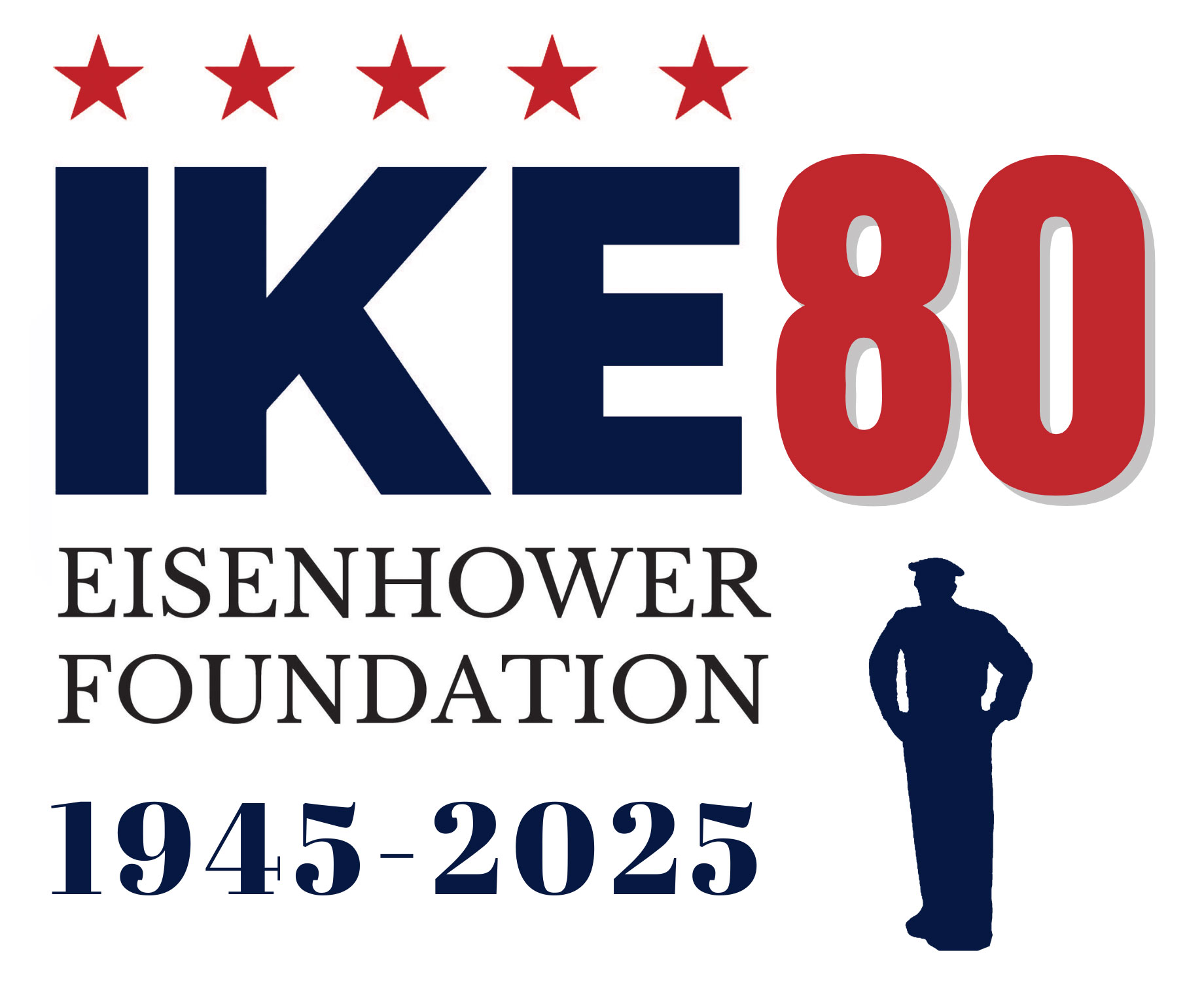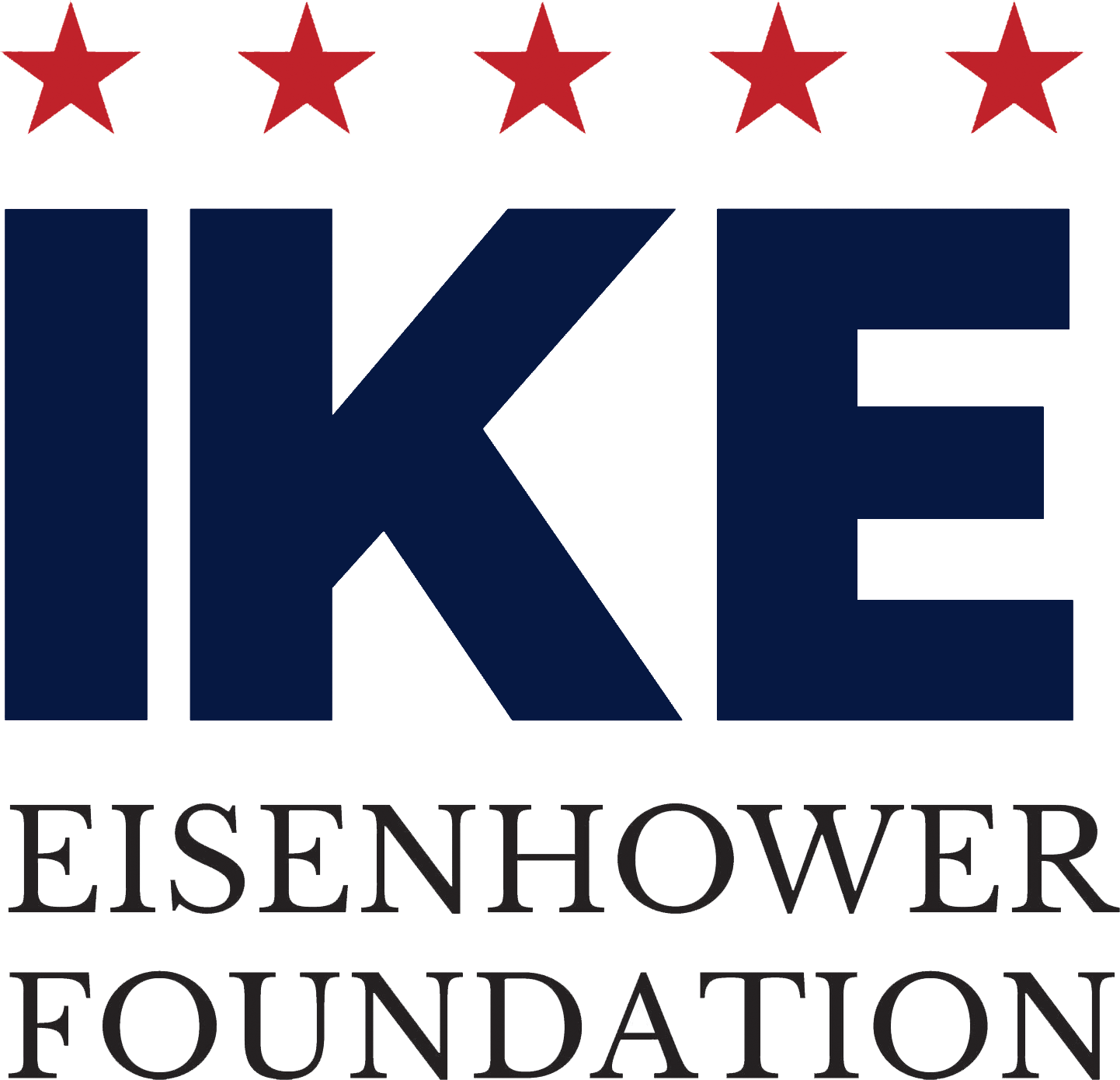I'm Out to Lick Runaway Prices
Poster: 'I'm Out to Lick Runaway Prices.' This World War II poster promotes behaviors that will help the U.S. economy be resilitant during the hardship of war. The 7 keys spell Victory, and are Buy war bonds, pay taxes, provide life insurance, reduce debts, buy only what is needed, follow ration rules, cooperate with government programs. Measures 71.5 x 51 cm.

